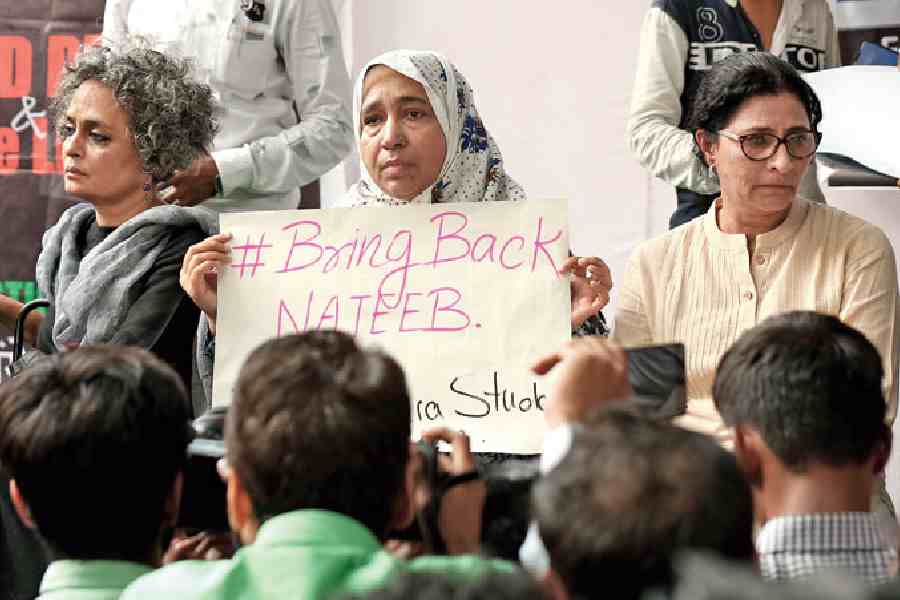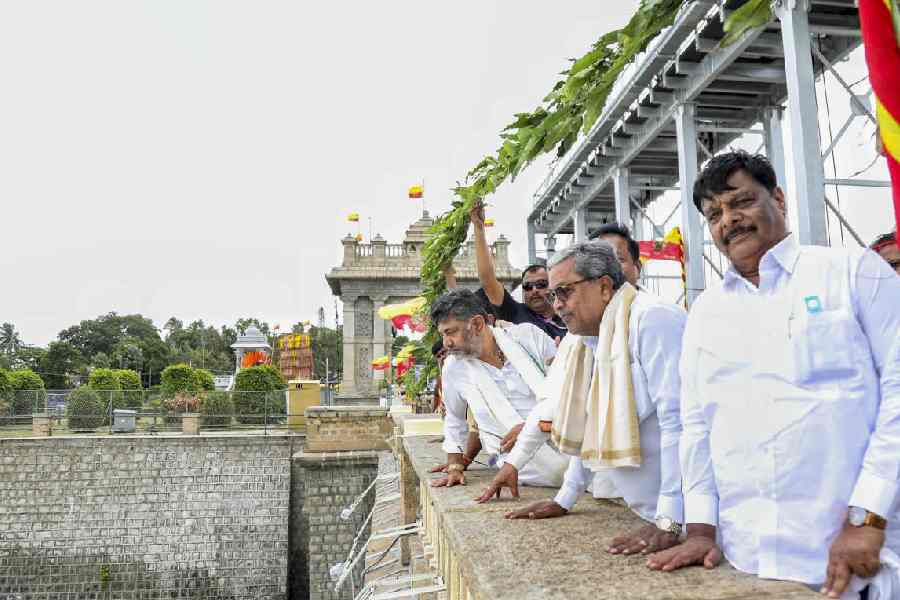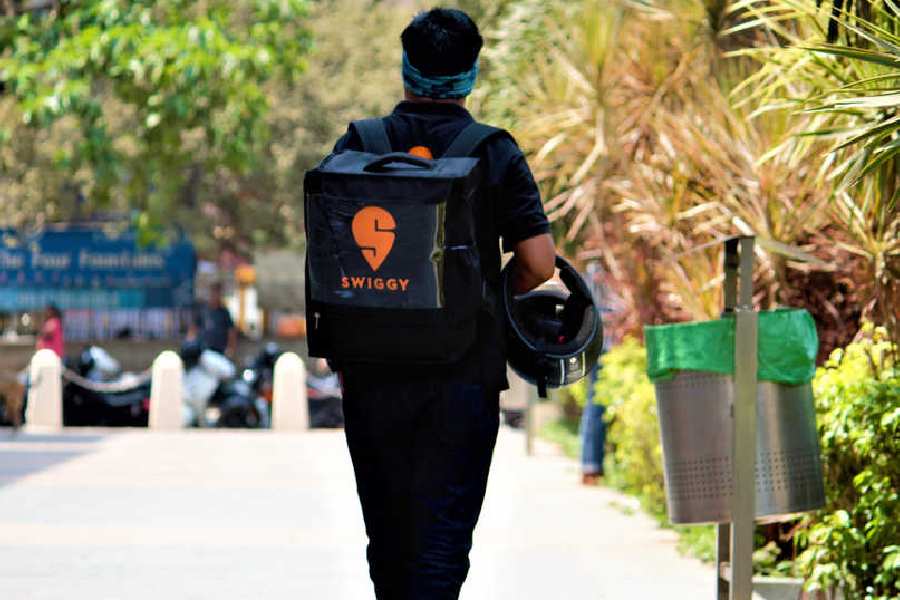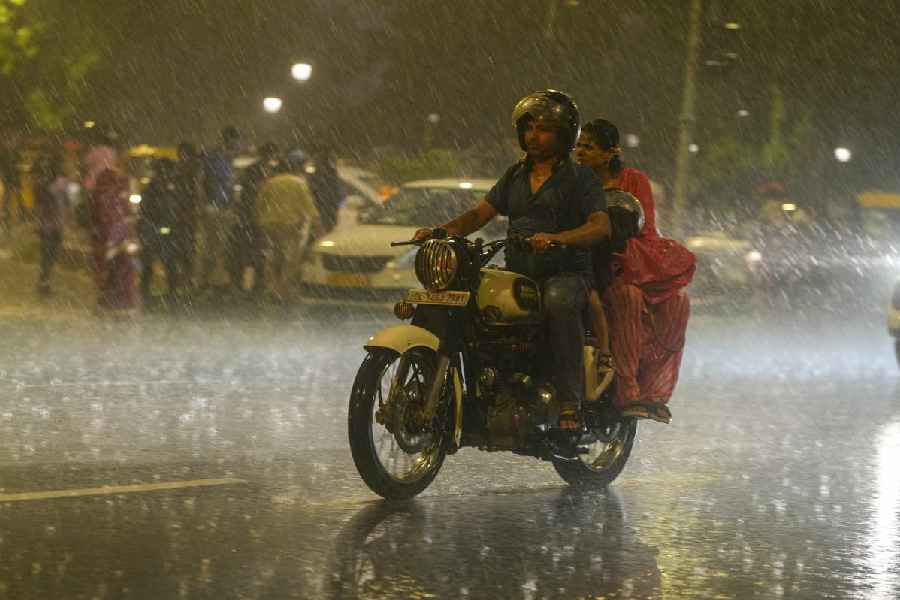Paris, March 16 (AFP): Seismologists have warned that there is a heightened risk of a major earthquake soon near the western coast of Sumatra as a result of the monster quake that generated the December 26 tsunami.
The Indonesian city of Banda Aceh, which was badly hit by the killer wave, could be at risk from a quake measuring up to 7.5 on the Richter scale.
A tsunami-making quake, measuring 8.5, is also possible offshore, they warned.
?There is no doubt ? our calculations show a very significant increase in stress on two major active faults in the Sumatra region? since December 26, seismologist John McCloskey at Britain?s University of Ulster said.
McCloskey noted that in subduction zones ? where one underwater plate slides under another ? an earthquake can be swiftly followed by another one if certain geological conditions are met.
?There is a very well-established link between these stresses and following earthquakes,? he said.
Energy released by the December 26 quake has boosted stress in adjoining parts of two dangerous faults, he said.
One fault runs under land to the east of the December 26 quake and crosses the northwestern tip of Sumatra. The other fault, known as the Sunda Trench, runs under the sea to the south, parallel to the coast, where two fatal tsunamis occurred in 1833 and 1861.
?We are not trying to cry wolf,? said McCloskey. ?We can point to many other quakes where the stresses like the one we?ve measured have resulted in a following earthquake, and we are suggesting there is a significantly increased risk.?
?But we are also pointing out deficiencies in our knowledge, and we cannot say there will be an earthquake in the next year or whatever. At the moment, this science I believe doesn?t allow us to make that statement.?
In a study published in the this week?s British weekly science journal Nature, McCloskey?s team redrew the geological map of one of earth?s seismic hotspots after the 9.0 December 26 quake.
The massive movement ruptured 250,000 sq km on a stretch of the Burma microplate, a narrow tongue of the earth?s crust that is jostled by the neighbouring Indian, Australian and Sunda plates.
That seabed plunge, by as much as 20 metres, triggered the tsunami, killing more than 273,000 people in 11 nations.
Part of the energy released by the quake was transferred to the contiguous fault sections. It distorted, compressed and deformed the rock, adding to the burden at known stress points and creating new ones.
Several known episodes in seismic history point to the danger of an imminent follow-on earthquake in the subduction zones when the interplay between two vast forces, of sliding and vertical stresses, is right.
Just a very small increase in pressure on these tense parts of the earth?s crust can trigger a catastrophic rupture.
In the Nankai trough, southeast of Japan, five of the seven large earthquakes of the past 1,500 years unleashed earthquakes in the fault?s next section within the following five years, the study says.










